What have we been up to lately? Well, let's find out...
Math:
Students have been working very hard at mastering addition and subtraction problems using many different strategies. Students use blocks (representational form), drawings of blocks, or expanded form (63 + 28 turns into 60 + 3 + 20 + 8). Regardless of the strategy, students know they should begin with the ones place and then move to the tens place. This will help them when they begin using the algorithm. "Start with the ones" has been a chant all year long and I feel that it is sinking in! We have seen first hand what happens when you start with the tens only to find out you have another ten with your ones (3 + 8 = 11 in the example above).
Students have been working very hard on "count-bys." We chant 2, 4, 6, 8, 10, 12, 14, 16... or 6, 16, 26, 36, 46, 56, 66... or 129, 119, 109, 99, 89, 79... or even 125, 120, 115, 110, 105, 100, 95, 90, 85, 80. We practiced count-bys with balloons...
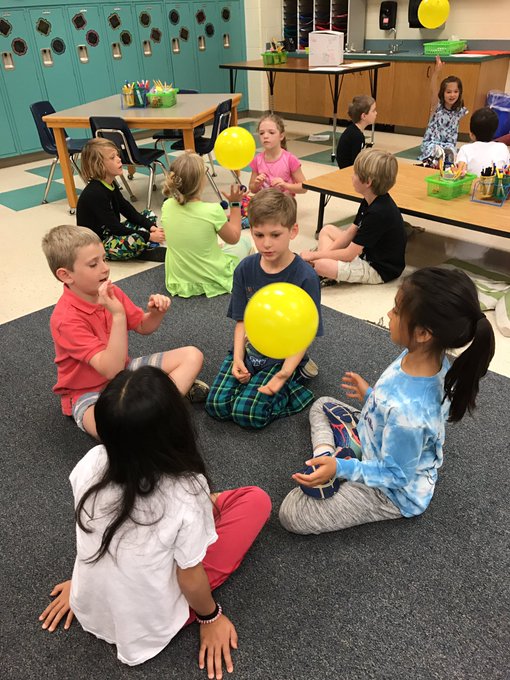
We have recently began work with fractions. We are identifying fractions and making fractions. We use different country flags to show the different fractions. Students get very excited when they can design their own flag. :) I am trying to get them to see equivalent fractions (2/4 = 1/2 or 4/4 = 1 whole!!), but this is challenging for them. Any examples you find at home would be helpful.
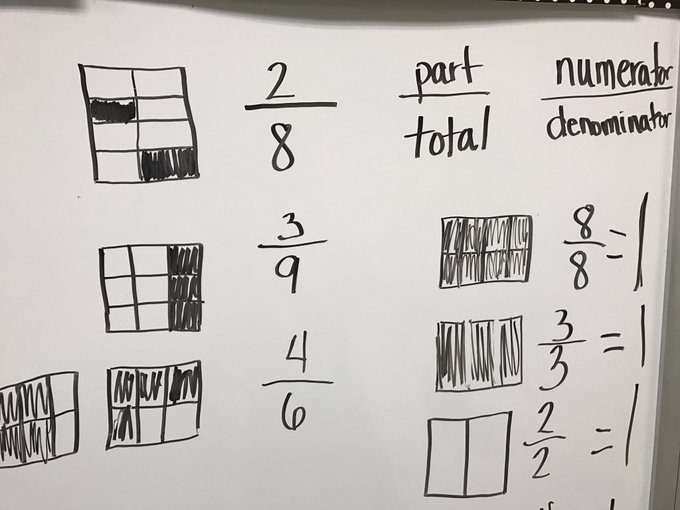
Reading:
Non Fiction was a significant part of the last few months. Students worked hard to learn many different vocabulary terms, their definitions, and then provide examples of each. Here are some that students need to know:
|
|
Bold Print
|
|
Graph
|
|
|
used to draw attention to
words that are important within the text.
|
|
used to show data that is
important to the text.
|
|
|
Bullets
|
|
Glossary
|
|
|
used to list items about
one topic within the text.
|
|
defines all of the bold
print vocabulary words
|
|
|
Caption
|
|
Heading
|
|
|
explanations found at the
bottom of pictures, drawings, or graphs.
|
|
used to summarize that
section of the story in one word
|
|
|
Diagram
|
|
Photograph
|
|
|
drawings that explain
something within the text.
|
|
used to visually provide
information to the story
|
|
|
Fact Box
|
|
Table of Contents
|
|
|
used to give general facts
|
|
located at the beginning of
the text to tell the reader on which page to find information about a
specific topic.
|
|
|
|
|
|
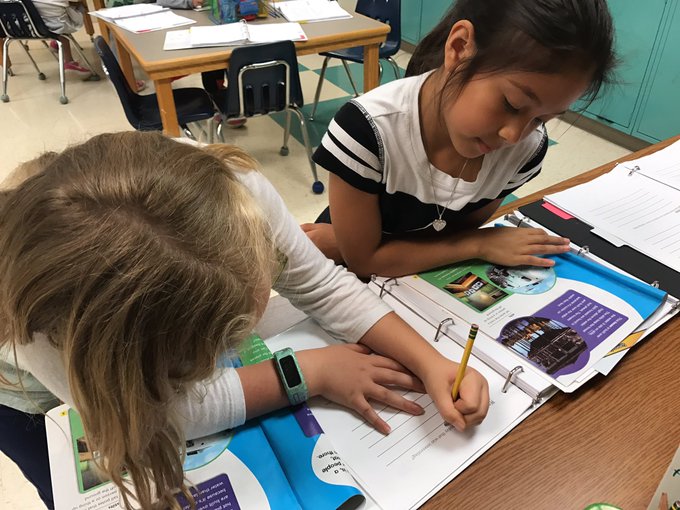
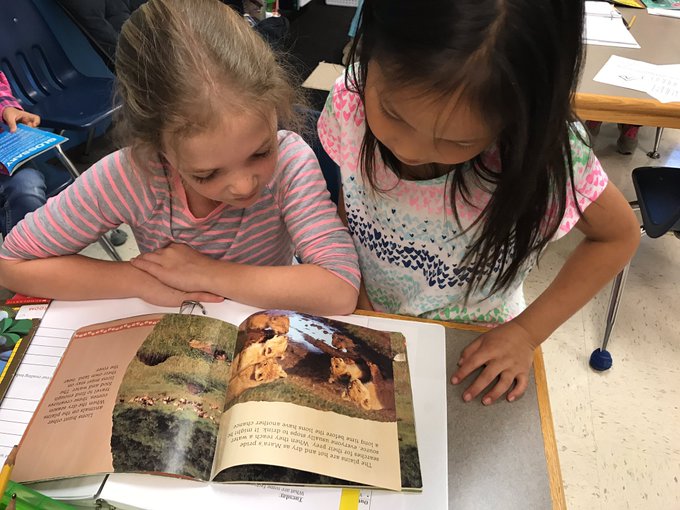
One student even wore a shirt with an example of a diagram!
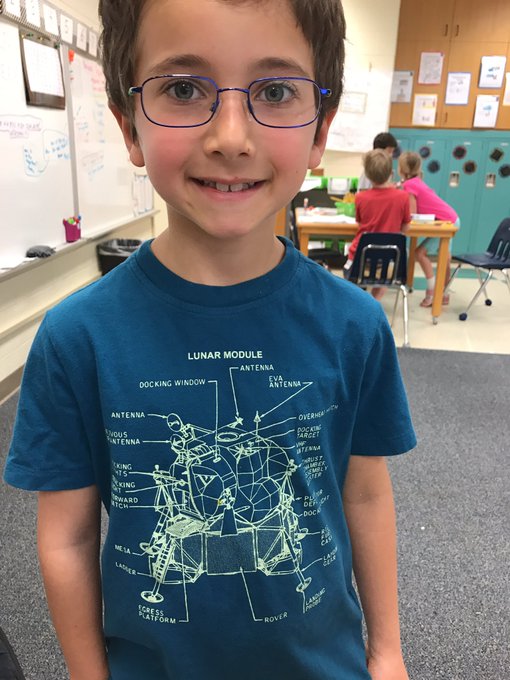
Lately, we have been reading fairy tales/fantasy books to support our comprehension focus, which is summarizing. We do this in two ways. First, students can summarize by naming the character and telling where he/she is (setting), then providing a one sentence problem and one sentence solution. The second way we can summarize is to say "Somebody ___ wanted __, so ___, then___." Students
- name the character
- tell what the character wanted
- tell the problem
- give the solution
So often, students want to provide MANY details, but that really isn't a summary, is it? :) It sounds easy, but this is one of the hardest comprehension strategies for students.
Word Study:
Each day, students continue to sort new word study sorts, write their sorts, then do a new activity. I thought the favorite word study activity would be writing in pen, but they recently said that creating a word search puzzle with their words was the favorite. ...until next week, I'm sure!
All students are doing well and spelling their words correctly on the quiz as well as in their daily writing.
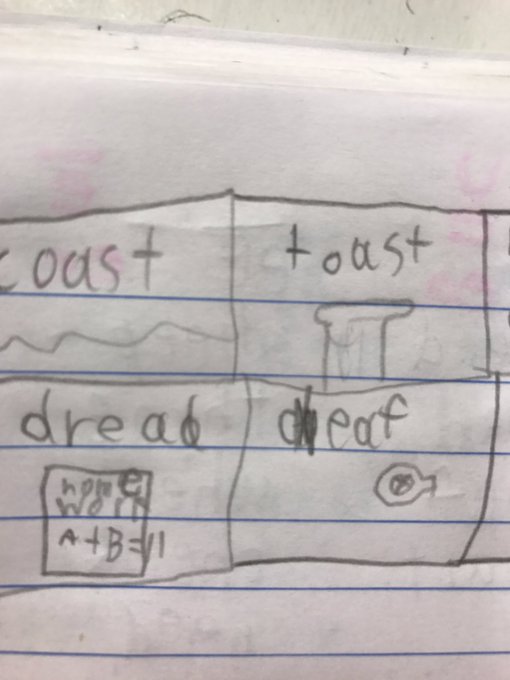
Writing:
Students continue to write stories with details on the character, setting, problem, and solution. Students are very excited to work in small groups to create a skit to perform for parents. I will let you know of that date as soon as it has been finalized.
Social Studies:
We finally finished up our continents and oceans unit. I am actually quite sad because I feel the students loved it and really learned more than I expected they would. The culminating activity was our Around the World Day. Students traveled far and wide (ok, just down the hallway) to different continents (ok, 2nd grade classrooms) to work with specialists (ok, teachers) to learn more about the culture in each continent. They made "jewelry," paintings, animals, cultural items, and had food from the different continents. For instance, in Antarctica, we made a penguin and ate chocolate. Why chocolate? you ask, well, I told this story...
A researcher (new to Antarctica) couldn't figure out why his fellow researched only packed chocolate bars on day-long expeditions into the tundra. The night before, he packed his lunch with a super scrumptious sandwich with bread, mayo, 3 types of meat, cheese, lettuce, and tomato. He stuffed it into his backpack the next morning and went about his outdoor expedition. Like most days in Antarctica, the weather was below zero and by noon, he had been hiking awhile and was eager to eat his sandwich. Well, he pulled it out and realized it was a sandwich cube instead. While he crunched on sandwich ice, the other researchers broke off bits of chocolate and ate away and he now understood why the others packed only chocolate bars. From that point on, he followed the example set by others and packed chocolate bars!
Students are now researching different famous Americans. We are learning about George Washington, Thomas Jefferson, Abraham Lincoln, Rosa Parks, Martin Luther King, Jr., Thurgood Marshall, Jackie Robinson, George Washington Carver, Helen Keller, and Susan B. Anthony.
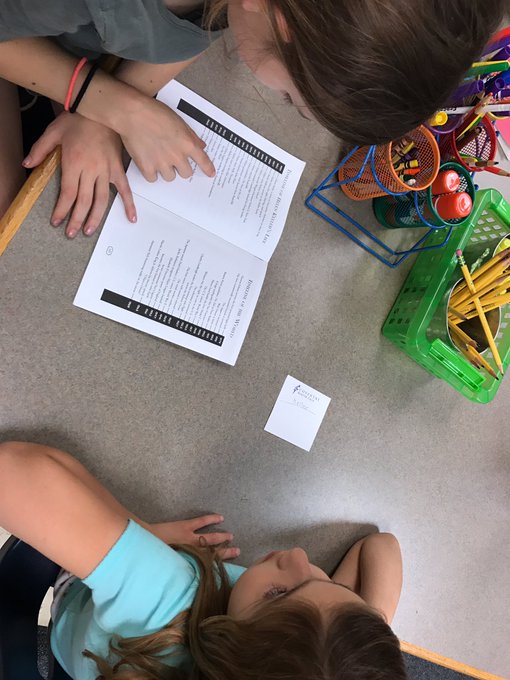
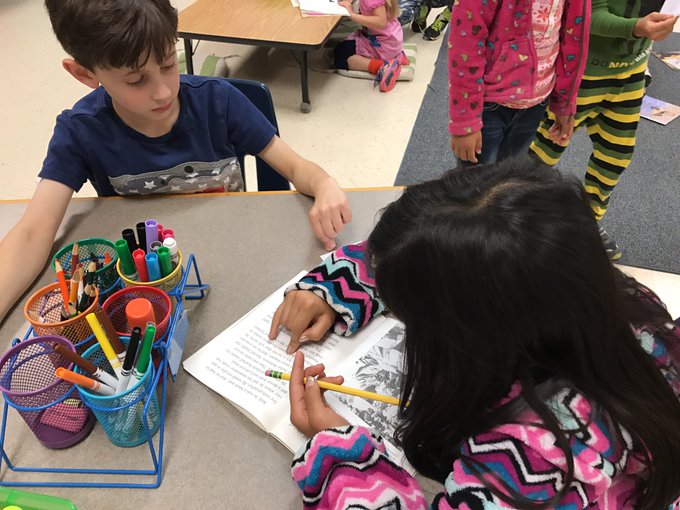
We are in the process of creating a massive timeline in which important dates for these famous Americans will be written.
Science:
We will begin a unit about animals next week. Students will learn about different adaptations of animals around the world. Students will then research an animal and describe its adaptations. Students will then create an animal that has special adaptations for different habitats. It should be fun!
No comments:
Post a Comment